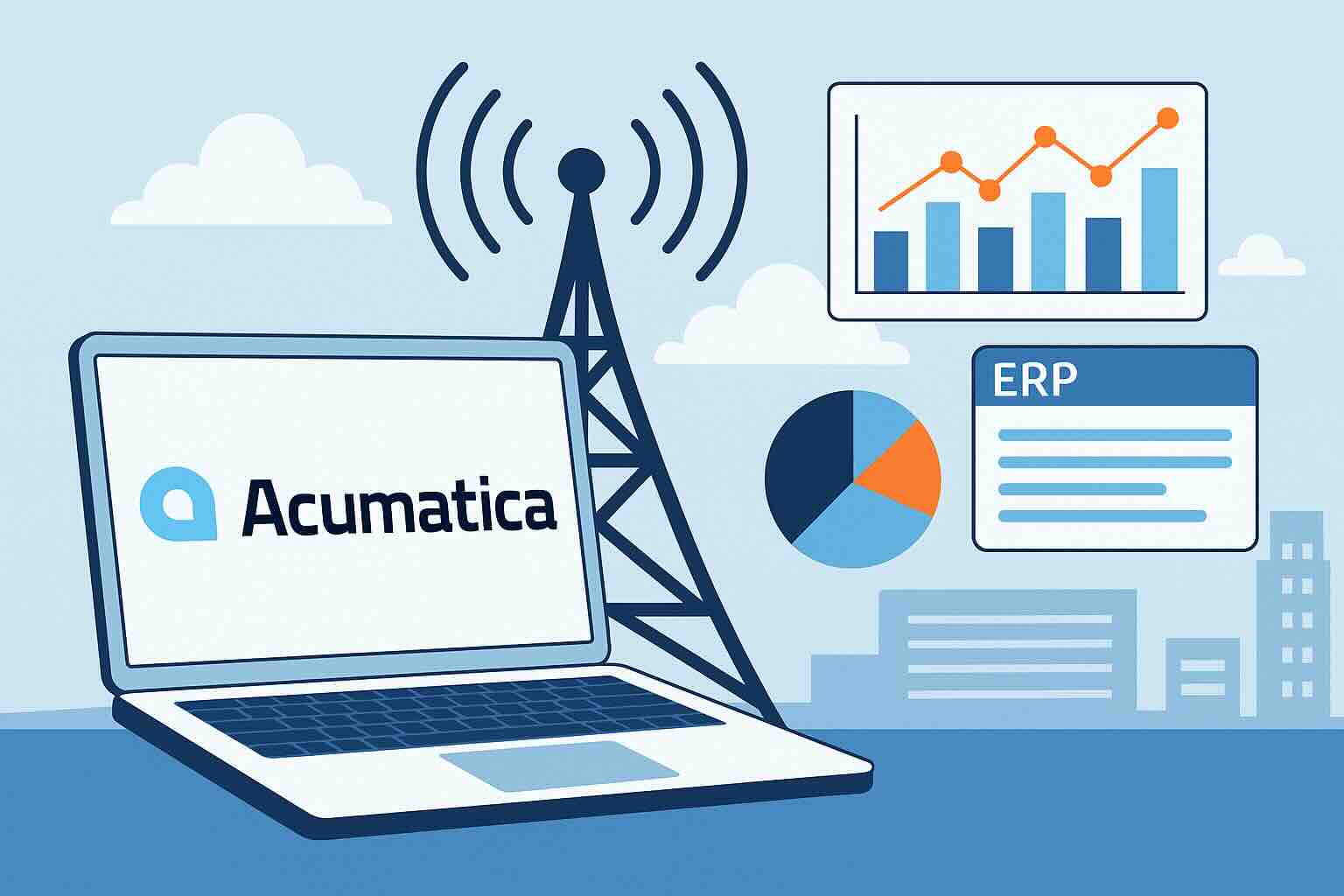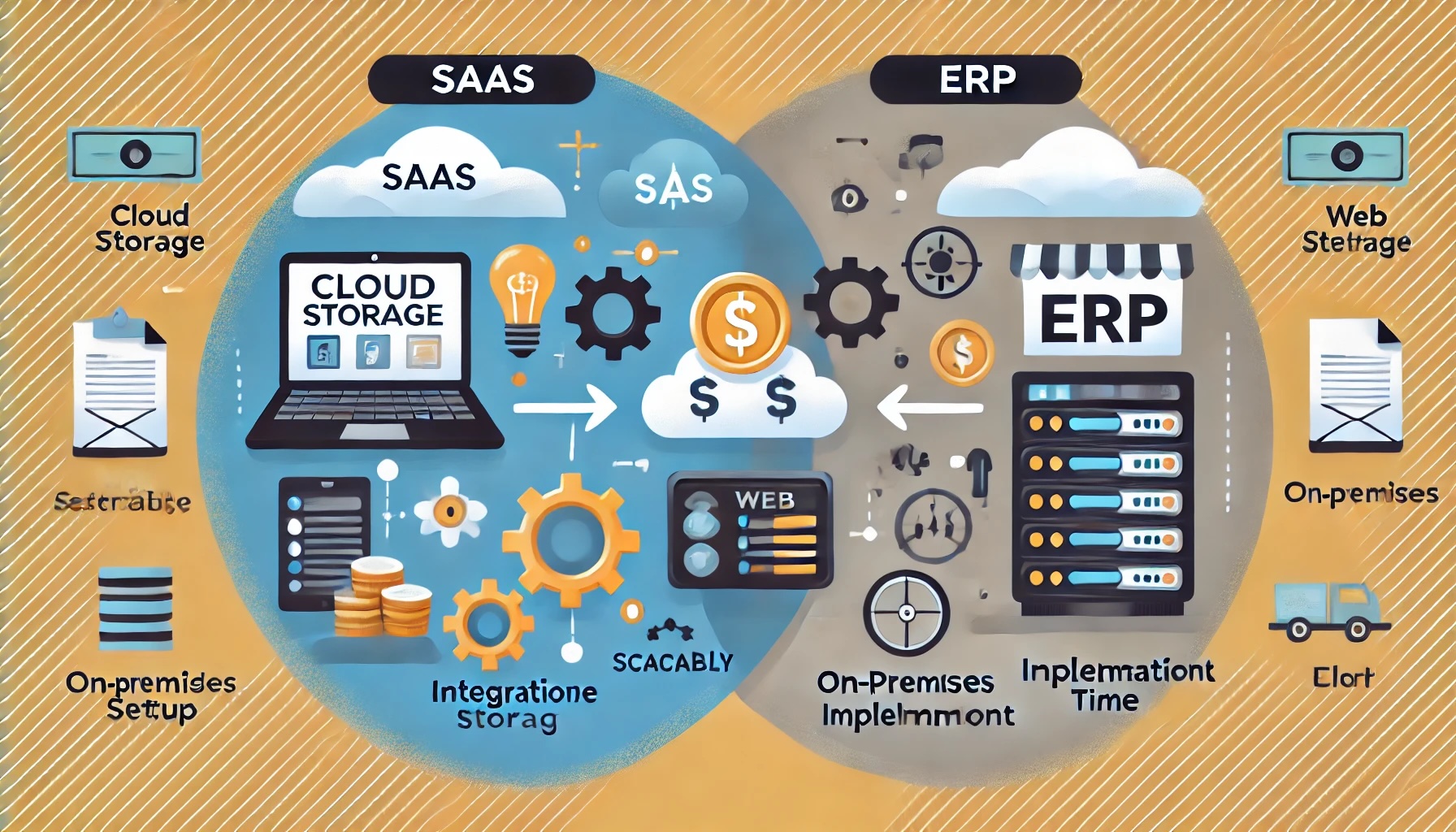Is Sage Intacct a Good ERP for the Healthcare Industry?

In the healthcare industry, managing finances, ensuring regulatory compliance, and maintaining high standards of patient care are crucial for success. Enterprise Resource Planning (ERP) systems integrate various business processes, enhancing operational efficiency and improving decision-making capabilities. One such ERP solution is Sage Intacct. But is Sage Intacct a good ERP for the healthcare industry? This blog will explore the strengths and weaknesses of Sage Intacct, helping you determine if it is the right fit for your healthcare organization.
Strengths of Sage Intacct for Healthcare
- Robust Financial ManagementSage Intacct offers comprehensive financial management capabilities that are essential for healthcare organizations. The system provides real-time visibility into financial performance, allowing organizations to manage budgets, track expenses, and ensure accurate financial reporting. These features help healthcare providers maintain financial health and comply with regulatory requirements.
- Scalability and FlexibilitySage Intacct is highly scalable and flexible, making it suitable for healthcare organizations of all sizes, from small clinics to large hospital networks. The system can adapt to the changing needs of healthcare providers, supporting growth and expansion without the need for significant additional investment in IT infrastructure.
- Compliance and ReportingRegulatory compliance is a critical concern in the healthcare industry. Sage Intacct includes features designed to help organizations comply with various healthcare regulations, such as HIPAA. The system provides robust reporting tools that allow healthcare providers to generate accurate and timely compliance reports, ensuring they meet all regulatory requirements.
- Integration CapabilitiesSage Intacct integrates seamlessly with other software solutions commonly used in the healthcare industry, such as Electronic Health Records (EHR) systems and practice management software. This integration ensures a unified workflow, enhancing operational efficiency and reducing the risk of errors.
Weaknesses of Sage Intacct for Healthcare
- Implementation ComplexityImplementing Sage Intacct can be complex and time-consuming, particularly for larger healthcare organizations with extensive existing systems. The transition to a new ERP system requires careful planning, significant resources, and potentially, the assistance of external consultants. This complexity can delay the realization of benefits and increase implementation costs.
- High Initial CostsWhile Sage Intacct offers a robust set of features, the initial setup and customization costs can be high. This may be a barrier for smaller healthcare organizations with limited budgets. Additionally, ongoing maintenance and support costs can add up over time.
- Customization ChallengesCustomizing Sage Intacct to meet specific business needs can be challenging. While the system is highly functional, extensive customization may require additional development work, which can be costly and time-consuming. Healthcare providers with unique or complex requirements might find it difficult to tailor the system to their exact specifications.
- Learning CurveDue to its comprehensive features and capabilities, Sage Intacct has a steep learning curve. Extensive user training is necessary to ensure that employees can utilize the system effectively. This training can be time-consuming and may require additional resources, which can be challenging for smaller organizations.
How Sage Intacct Can Benefit Healthcare Organizations
Despite some limitations, Sage Intacct offers several features that can significantly benefit healthcare organizations. The system’s robust financial management tools ensure accurate and efficient financial operations, helping organizations maintain financial health and comply with regulatory requirements. Its scalability and flexibility support growth and adaptation to changing needs. The compliance and reporting features ensure that healthcare providers can generate accurate and timely reports, meeting all regulatory requirements. Additionally, Sage Intacct’s integration capabilities enhance operational efficiency by ensuring a unified workflow across different software solutions.
Conclusion
Sage Intacct offers a range of powerful tools that can significantly benefit healthcare organizations. Its strengths in robust financial management, scalability and flexibility, compliance and reporting, and integration capabilities make it an attractive option for many healthcare providers. However, the system also presents challenges, such as implementation complexity, high initial costs, customization challenges, and a steep learning curve. Healthcare organizations must weigh these factors carefully against their specific needs and resources.
Ultimately, whether Sage Intacct is the right choice for a healthcare organization depends on its size, budget, and operational requirements. By thoroughly evaluating these aspects and considering potential challenges, healthcare providers can make an informed decision that aligns with their strategic goals and enhances their operational efficiency.
To compare Sage Intacct with 100s of other ERP solutions, you can use our new AI-powered Compare ERP tool. It’s free to use and you get a guaranteed discount on your first year’s licence fees with a referral from Compare ERP.









